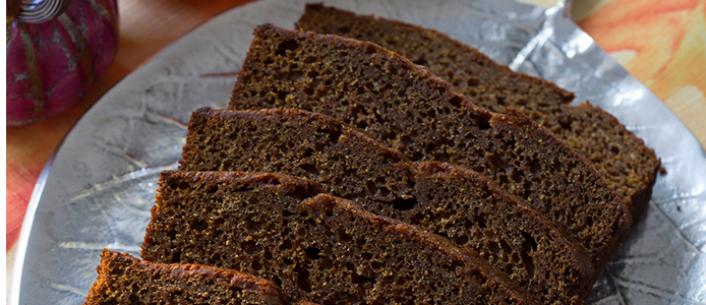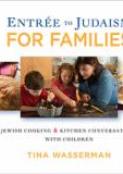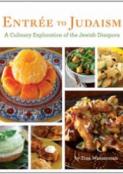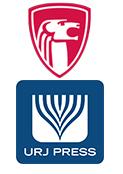- Home
- Play & Learn Home
- Online Enrichment
- Experience Modern Israel
- Israel It's Complicated
- Jewish and Me
- Jewish Holidays Jewish Values
- Jewish Values in Genesis and Jewish Values in Exodus
- Min Ha’aretz
- Our Place in the Universe
- Simply Seder
- The Prophets: Speaking Out for Justice
- Making T'filah Meaningful
- Make, Create, Celebrate
- Yom Haatzmaut Resources
- Hebrew Apps
- About The OLC
- What is the OLC?
- Introduction
- Get Started
- Resources
- OLC Content
- Parent Materials
- See My OLC Classes
- Store
Author Tina Wasserman has Classroom Tips for a Sweet and Yummy New Year!
Written by Behrman House Staff, 01 of September, 2015
By Tina Wasserman, author of Entree to Judaism and Entree to Judaism for Families
Rosh Hashanah is arriving shortly after many schools have only been in session a week or two. This presents a problem for teachers who want to delve into the traditions surrounding the holidays.
For educators of very young children the lesson plan often gravitates to dipping apples in honey. However, in our diverse world attention should be paid to the question, “Why apples?” The answer could be connected to Adam and Eve although theory suggests no apple trees existed in the Garden of Eden. The more logical reason is that the majority of immigrants who arrived in this country, especially at the end of the 19th and beginning of the 20th century were from Eastern Europe where apples were plentiful and when they arrived in America apple crops were abundant. Although Turkish Jews use apples in their traditional expression of hopes for a fruitful New Year, many countries in the Levant and Maghreb utilize dried fruits and focus on the honey for their wish for a “sweet New Year”.
Why not switch the curriculum this fall and focus on honey with the little ones and on the apples with older students utilizing the two following recipes? The easy honey cake offers the opportunity to work on a child’s gross motor coordination, sharing and cause and effect (seeing a batter and then seeing the finished product). Made into mini muffins, the total time would easily fit into a busy classroom schedule. The use of apples in the recipe for older students would open discussion about Sephardi traditions and the influence the Moors had on the Jews of Spain and the culinary traditions they carried with them when they were expelled in 1492 and many went to the Ottoman Empire at the invitation of the Sultan.
When the Israelites followed Moses to the promised land of “milk and honey,” the honey referred to was not from bees but from boiled, concentrated fruit juice, generally date or pomegranate. Date honey was the most common honey in biblical times. Honey has long been eaten in many dishes for Rosh HaShanah by Jews around the world. Honey-soaked balls of baked dough (teiglach, Eastern Europe), semolina cake soaked in honey syrup (tishpishti, Turkey), and the famous European honey cake (lekach, Germany) are all desserts served as a wish for a sweet New Year.
Lekach is by far the most popular cake served in North America for Rosh HaShanah. One summer I needed a honey cake for a recipe I was creating and did not want to make one from scratch just to tear it apart. I went to the store and no honey cakes could be found (though there would soon be many come Rosh HaShanah time). What to do? I combined a” “standard gingerbread cake mix with some main ingredients in honey cake—coffee and honey— and an easy, quick honey cake was born.
Click here for the full Quick Honey Cake recipe and order your copies of Entree to Judaism for Families here.
Kitchen Conversations:
· Different flowers create different-tasting honeys. Alfalfa honey is totally different from wildflower honey, and that is different from thyme honey. The flavor of the honey depends on where the bees are getting their pollen. what kind do you like?
· Did you know that honey is sold like olive oil? Both can be sold either as a blend from many different regions or as one flavor coming from only one type of plant.
· Is there a store in your neighborhood that lets you sample different honeys before you buy one? Go and have a tasting “bee.”
Tina's Tidbits
• In general, it is not a good idea to use mixes, as they contain way too many additives and sugar. However, if the cake or cookie is being used to create a specialty dessert, then opt for less prep time to accomplish your goals.
• Decaffeinated coffee may be substituted for the instant espresso.”
Excerpt From: Tina Wasserman. “Entree to Judaism for Families”
The following recipe is perfect for older students because it opens the discussion of culinary traditions throughout the Diaspora not just from Eastern Europe. When I taught this as a Scholar in Residence at a synagogue outside of Chicago a few years ago, an elderly gentleman whose mother was from Turkey recounted, with tears in his eyes, how his mother raised rose bushes just to make this traditional preserve for Rosh Hashanah. Such is the power of culinary memory.
If time is very limited and you have a few classes to teach in a row, I suggest making one batch ahead of time so that the first class can taste the cooled apple mixture and each subsequent class will have some to taste and also to take home. I promise you, any leftovers will last indefinitely in the teacher’s refrigerator and used on bread and crackers long after the holidays are over!




